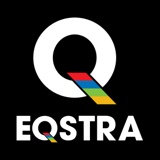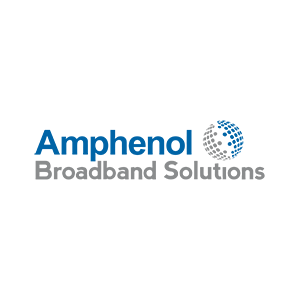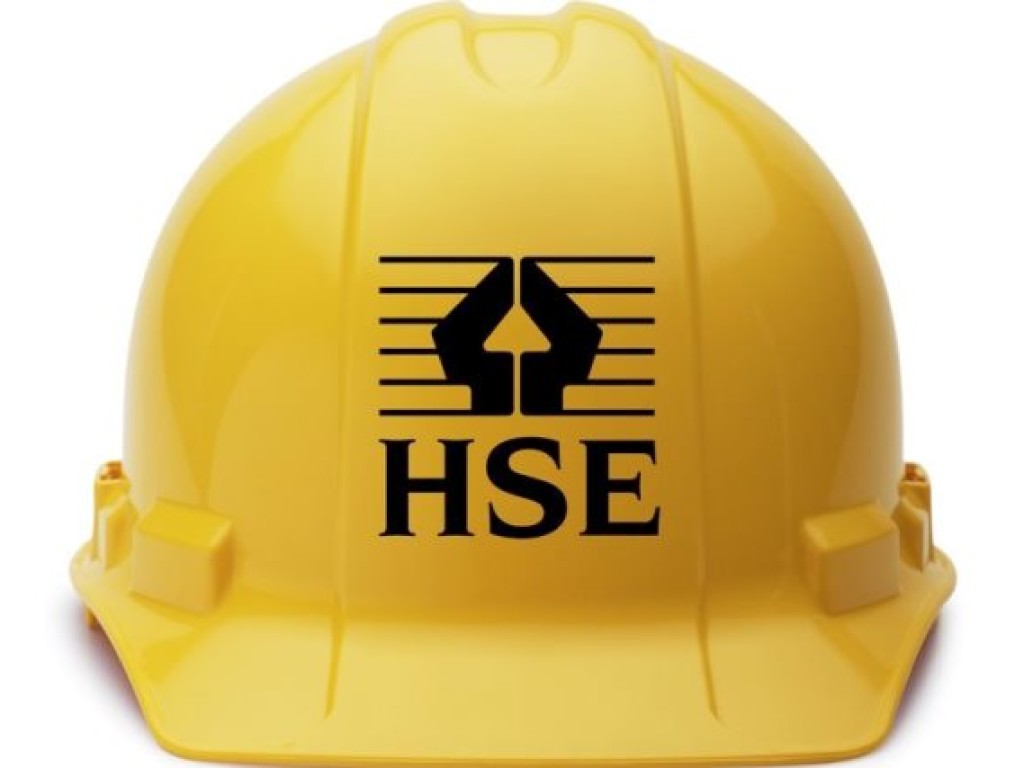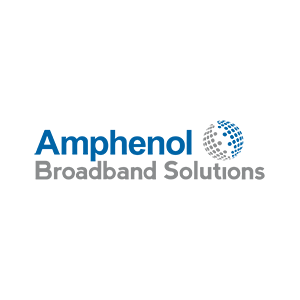Information
-
Audit Title
-
Document No.
-
Client / Site
-
Conducted on
-
Prepared by
-
Location
-
Personnel
INFORMATION
-
Select date
-
AUDIT REPORT #:
-
AREA:
-
TO:
-
CC:
-
FROM: (Lead Auditor)
-
ISSUE:
-
GENERAL COMMENTS:
AUDITEE
-
Auditee (1):
-
Auditee (2):
-
Auditee (3):
-
Auditee (4)
PREVIOUS FINDINGS
-
Corrective Actions from previous Internal Audit findings.
-
All previous Corrective Actions closed?
6.2 HUMAN RESOURCES
1. How do you ensure that a training program is defined, implemented, monitored, effective, and continually improved?
-
1.1 Documented training requirements for all jobs families that include general courses/skills and job family specific training requirements (ej. training matrixes, job family training curriculums).
-
1.2 Progress towards meeting training requirements is planned and monitored (ej. Reports that show what has been completed and what is still needed).
-
1.3 Training requirements are used for employee development planning (Ej. Training plans exist for identified needs, Employee goals and objectives address needed training).
-
1.4 Managers/Supervisors utilize training completion status to determine which personnel are certified and qualified to perform given task and responsibilities.
-
1.5 Trainning records are maintained.
-
1.6 Training metrics are identified, trended, analyzed and improved towards goals as appropiate.
2. What is your process for On The Job (OJT) certification of operators?
-
2.1 Documented process for 'On The Job' certification of manufacturing personnel (Not limited to specialized skills such as welding, soldering, assembly work).
-
2.2 Contains criteria for certification and defines training methodology (Ex. Quaified trainers assigned, observe work, be observed, approvals before independent work performed).
-
2.3 Considers Mastery levels where appropriate (Ex. Certified to perform work, certified to teach others).
-
2.4 Contains requirements for periodic recertification and decertification when needed (Ex. Job change, performence issues, away from job for a certain time period, etc.).
-
2.5 Certification status and plans are monitored by management (Ex. Training matrix showing both employee certification status and plans to address gaps and employee development).
3. What is your process for Continual Improvement Tools Trainning?
-
3.1 Continual Improvement methods and improvement tools course curriculum has been developed based on organizational needs analysis and strategic planning (Ex. Lean/Six Sigma methodology, Kaizen methodology, 8D methodology and all corresponding improvement tools needed to support improvement methodologies).
-
3.2 Curriculum has been integrated into all job family training requirements as applicable to each job family.
-
3.3 Curricululm identifies both the skills and the corresponding training courses (Cn be internal and external courses).
-
3.4 Training materials are available in support of training courses.
-
3.5 Training completion metrics or reports are monitored by management.
4. What is your process to ensure relevant personnel undergo CUSTOMER specific training?
-
4.1 Inventory of applicable customer requirements has been performed and requirements have been defined (Ex. Copy Exact, workmanship Standards, Cosmetics, Packaging/Crating, Product Safety, 8D, FAI, PQP, C of C, DDD, SSQA, Specifications listed on part drawings, etc.).
-
4.2 Training requirements have been integrated into the applicable job family training requirements/curriculums.
-
4.3 Evidence that personnel working on CUSTOMER specific orders have all completed required training before operating independently.
-
4.4 Refresher training requirements are defined and implemented (Ex. yearly CE training).
-
4.5 Training completion metrics or reports are monitored by management.
5. How do you ensure that training is effective?
-
5.1 Methods are defined to evaluate the effectiveness of training (Ex. testing, internal/external competency based certifications, observation & feedback, performance evaluations, defect mapping, overall training needs analysis, Etc.).
-
5.2 Effectiveness of training is evaluated per the defined method.
-
5.3 Improvement actions defined and implemented for training effectiveness gaps.
-
5.4 Management periodically reviews overall training program effectiveness and drives continual improvements to training program content and/or methods for ensuring effectiveness of training (Ex. Defect rates related to workmanship errors, processes not being followed, problem solving with inadequate root cause analysis, etc.).
6. How are organizational goals and objectives established and cascaded throughout the organization?
-
6.1 Management defines Goals and Objectives on a yearly basis.
-
6.2 Quality objectives are included in and/or aligned with Goals and Objectives.
-
6.3 Goals and Objetives are translated into mesurable metrics with goals established.
-
6.4 Goals are sufficiently challenging and modified as required to drive continual improvement.
-
6.5 Goals and Objectives are cascaded into "relevant" and "mesurable" functional/department and individual employee objectives.
7. How are your goals and objectives monitored, analyzed , and improved?
-
7.1 Management regularly reviews progress per a defined frequency that is effective.
-
7.2 Metrics are trended for performance monitoring towards goals.
-
7.3 Data is analyzed to determine top issues inhibiting the consistent achievement of defined goals.
-
7.4 Improvement actions are defined and implemented when goals are not being met.
-
7.5 Effective visual comunication of Goals and Objectives and status throughout the organization (Ex. Top level status boards, department level status boards.).
8. How do you determine and improve employee satisfaction?
-
8.1 Processes are in place for employee satifaction surveys (Results analyzed, improvement plans defined and implemented, and closed loop results monitored for employee satisfaction improvements).
ADDITIONAL INFORMATION
-
Add drawing
PREVIOUS SCORES
-
Management Commitment:
- N/A
- 1
- 2
- 3
- 4
- 5
- 6
- 7
- 8
- 9
- 10
-
Systems Approach
- N/A
- 1
- 2
- 3
- 4
- 5
- 6
- 7
- 8
- 9
- 10
-
Deployment
- N/A
- 1
- 2
- 3
- 4
- 5
- 6
- 7
- 8
- 9
- 10
-
Results
- N/A
- 1
- 2
- 3
- 4
- 5
- 6
- 7
- 8
- 9
- 10
VALIDATION SCORES
-
Management Commitment:
- N/A
- 1
- 2
- 3
- 4
- 5
- 6
- 7
- 8
- 9
- 10
-
Systems Approach
- N/A
- 1
- 2
- 3
- 4
- 5
- 6
- 7
- 8
- 9
- 10
-
Deployment
- N/A
- 1
- 2
- 3
- 4
- 5
- 6
- 7
- 8
- 9
- 10
-
Results
- N/A
- 1
- 2
- 3
- 4
- 5
- 6
- 7
- 8
- 9
- 10
-
Validation completed by:
RESULTS
-
Summary:
-
Strengths:
-
Observations:
-
Opportunities for Improvement:
NON-CONFORMANCES
-
NC1
-
NC2
-
NC3
-
NC4
-
NC5
SIGNOFFS
-
Lead Auditor:
-
Support Auditor:
-
Observer:
-
Auditee:














